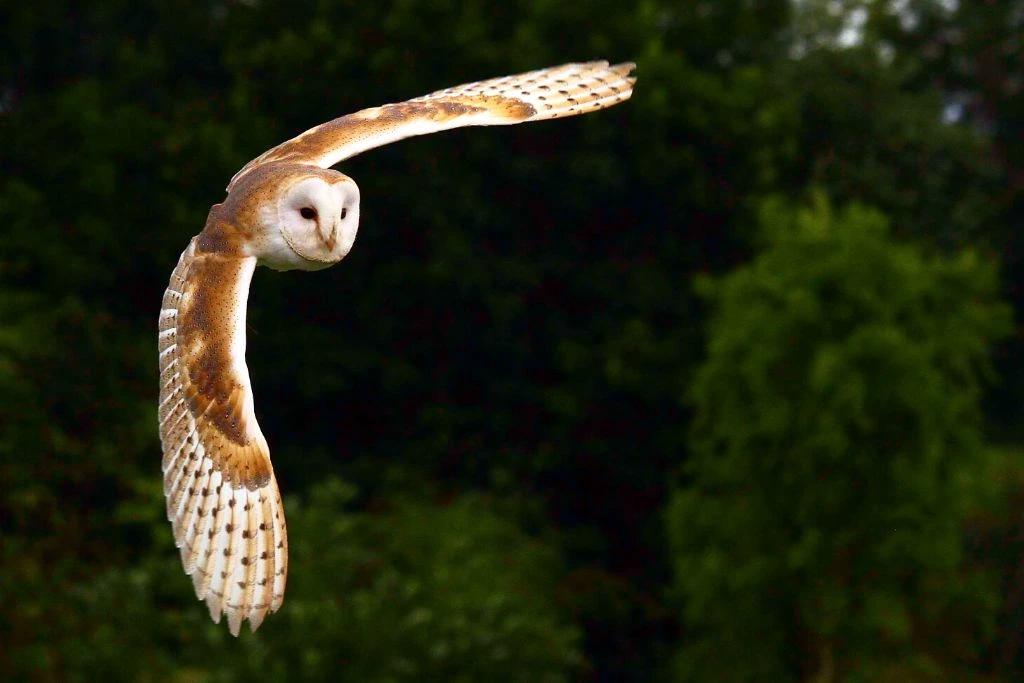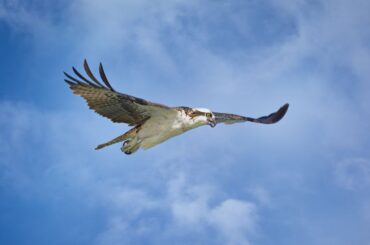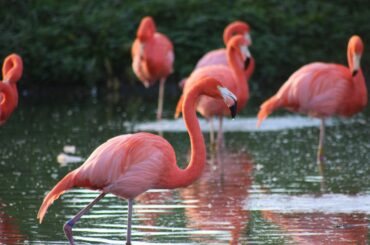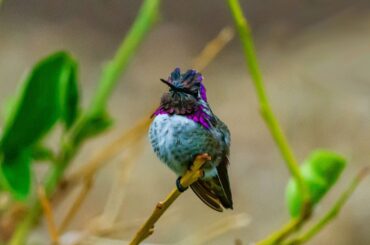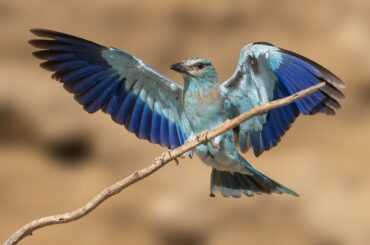Florida is known for its rich ecosystem and as a haven for birdwatchers. Did you know that Florida is home to not only one but five diverse species of owls that vary in size, habitat, and hunting techniques?
Let’s dive into these five types of owls in Florida.
1. Great Horned Owl
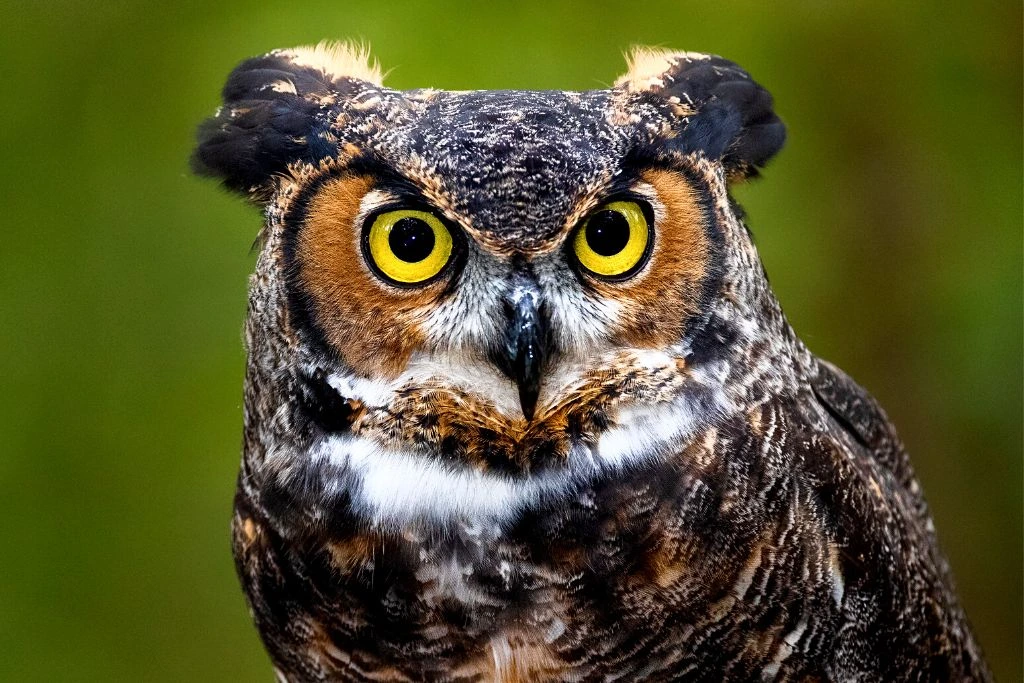
- Kingdom: Animalia
- Phylum: Chordata
- Class: Aves
- Order: Strigiformes
- Genus: Bubo
- Species: Bubo virginianus
The Great Horned Owl (Bubo virginianus) is a fascinating species of bird known for its distinctive horn-like tufts and large, muscular build. These striking birds exhibit a blend of deep browns, grays, and hints of white, allowing them to blend effortlessly into their surroundings.
They are nocturnal predators with bright, unblinking yellow eyes that provide night vision and the most heightened hearing senses among all bird species. Their specially evolved serrated wing feathers allow them to fly almost silently, lending them an incredible advantage over their prey.
Great Horned Owls can thrive in forests, deserts, grasslands, and urban environments. They are known to inhabit most of North and South America, making them one of the most geographically widespread owls.
Regarding nesting, Great Horned Owls are pragmatic, often reusing nests from other bird species or breeding in tree cavities. The female typically lays 2 to 3 eggs during late winter and incubates them for approximately 30 days.
The Great Horned Owl holds the title for the most diverse diet of any bird of prey in the Americas, consuming anything from rabbits and rodents to other birds and amphibians. Their ability to adapt to various conditions and maintain a versatile diet has played a significant role in the species’ continued success and survival.
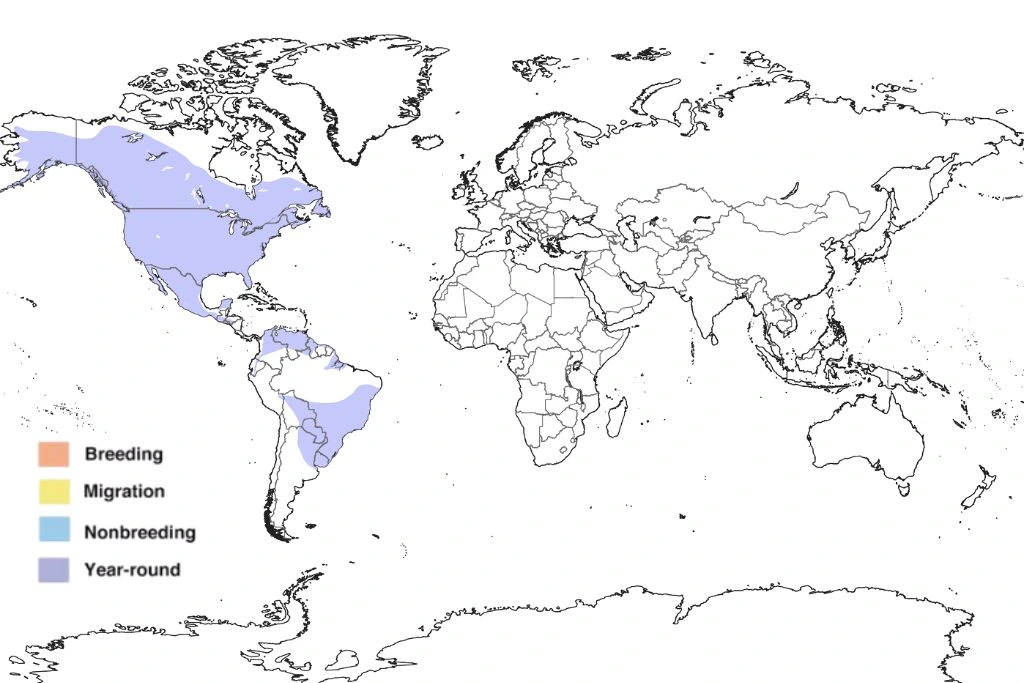
2. Eastern Screech Owl
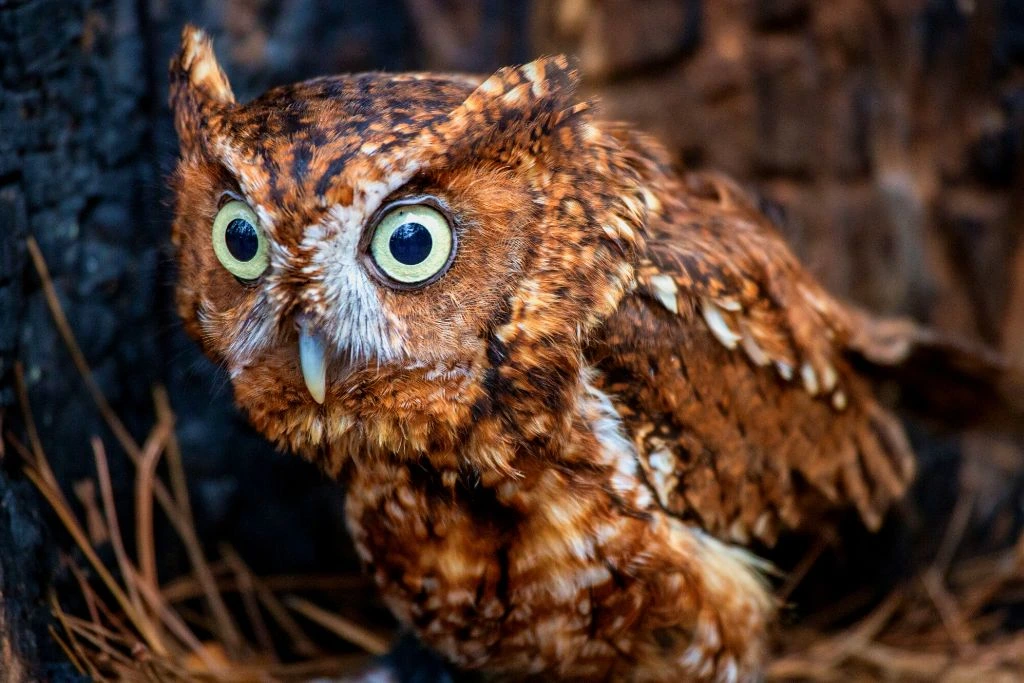
- Kingdom: Animalia
- Phylum: Chordata
- Class: Aves
- Order: Strigiformes
- Genus: Megascops
- Species: Megascops asio
The Eastern Screech Owl (Megascops asio) is a small, nocturnal raptor with an excellent ability to blend in with the bark of trees. Its unique camouflaged plumage provides enhanced protection from predators and threats by making them almost invisible!
Their large, yellow eyes give them night vision, and their ear tufts enhance their ability to pinpoint the location of their prey by sound alone. This master of adaptation thrives in various habitats, including mature forests, suburban areas, and even city parks, predominantly in the Eastern United States (like Florida), Southeastern Canada, and Northeastern Mexico.
Their breeding behavior is marked by monogamy, with pairs typically returning to the same nesting site year after year. Females incubate their eggs for about 26 to 34 days, while the males engage in vigilant hunting to provide for the family.
Facts about Eastern Screech Owls include their unusual vocalizations of trills and whinnying sounds rather than the stereotypical “hoot” associated with owls. These vocalizations are crucial in communication between mates, establishing territory, and deterring intruders.
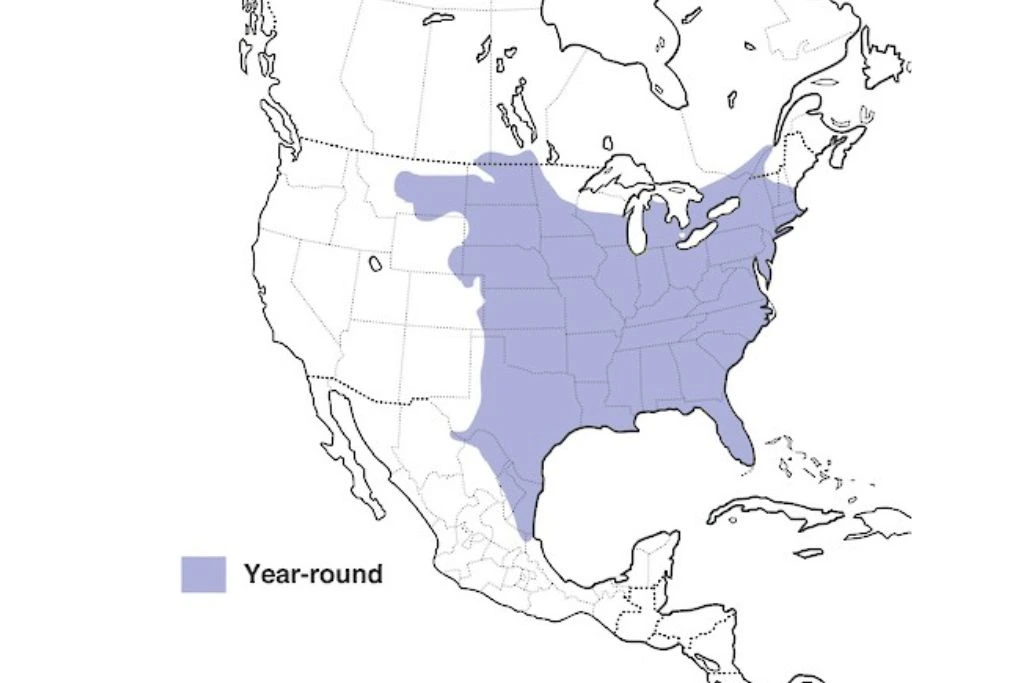
3. Barred Owl
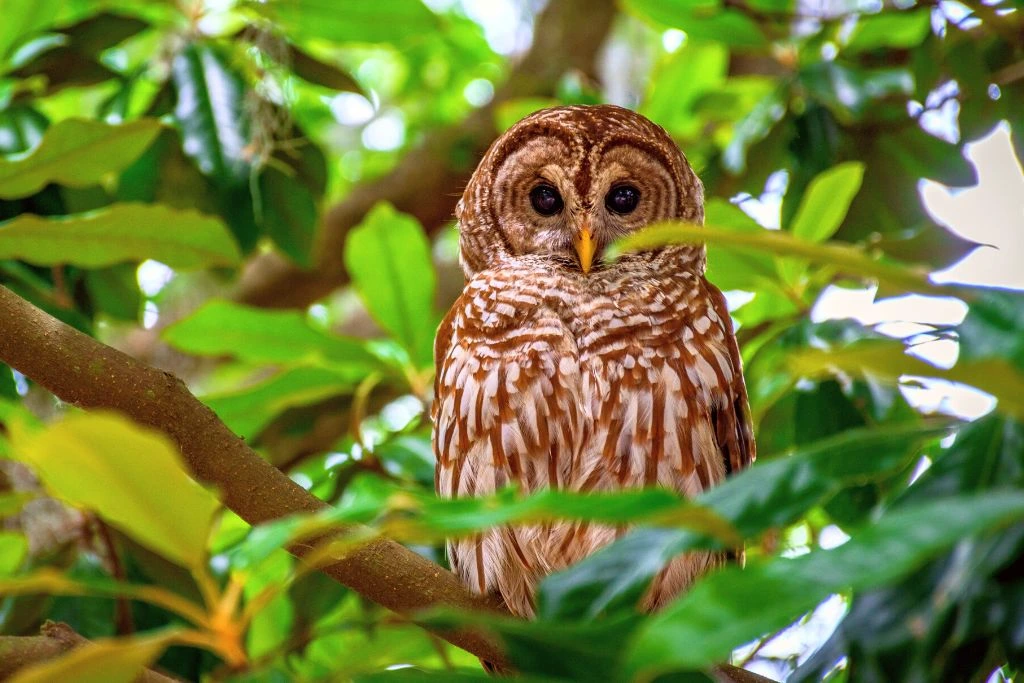
- Kingdom: Animalia
- Phylum: Chordata
- Class: Aves
- Order: Strigiformes
- Genus: Strix
- Species: Strix varia
The Barred Owl (Strix varia) is a large, strikingly-patterned species of Owl, characterized by its distinctive black and white streaks and crossbars on its soft, rounded plumage. It features a prominent, round head, large, dark brown eyes, and a pale, heart-shaped face.
Their broad wings and soft feather edges grant them the ability to fly silently, a remarkable adaptation that allows them to hunt prey stealthily at night. Barred Owls are highly adaptable creatures with many habitats, including mature forests with mixed hardwoods and conifers, riparian areas, and swamps.
Breeding occurs from February through August, with the female laying 2 to 3 eggs. The species is known for its unique calls, with a vocal repertoire of hoots, cackles, and screams often described as “who cooks for you, who cooks for you all.”
Barn Owls are among the few owl species that rely more on their hearing to locate prey than their sight, making them well-adapted for hunting in dark conditions.
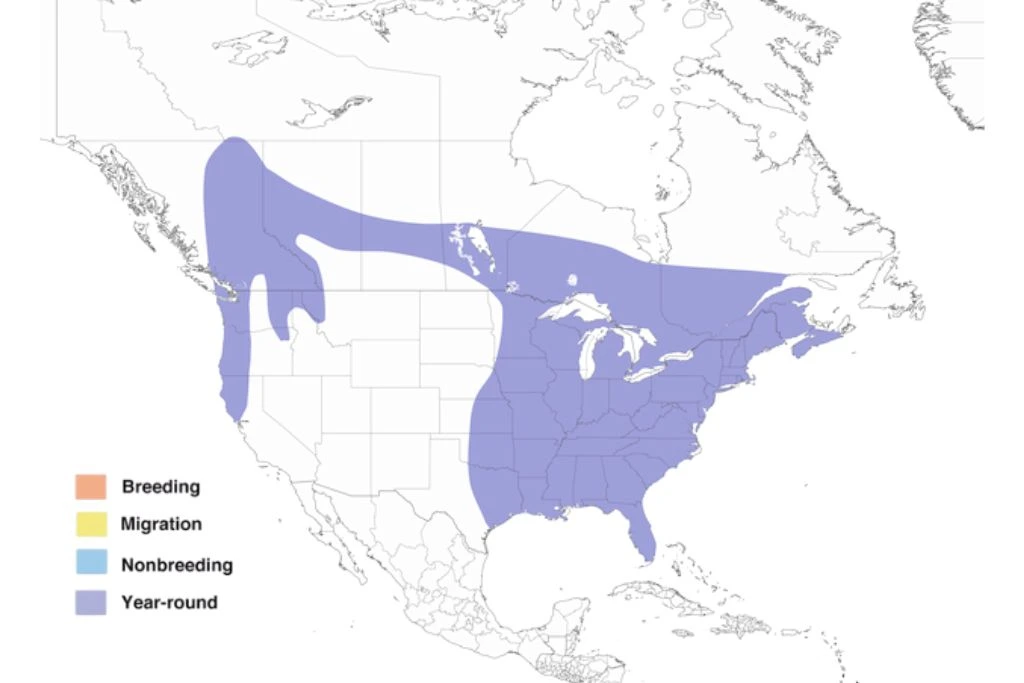
4. Barn Owl
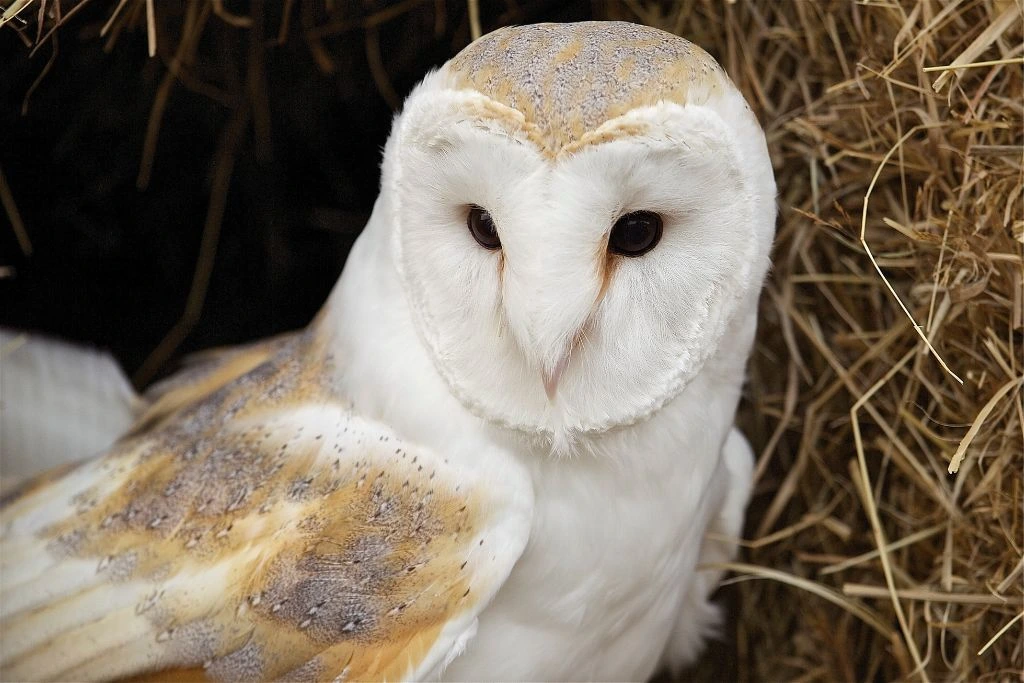
- Kingdom: Animalia
- Phylum: Chordata
- Class: Aves
- Order: Strigiformes
- Genus: Tyto
- Species: Tyto alba
The Barn Owl (Tyto alba) is a nocturnal, medium-sized bird known for their distinct heart-shaped facial disc. These birds have white or pale faces with dark eyes, contrasting their golden, gray, and brown plumage. They are equipped with specialized feathers that allow for stealthy, noiseless flight and acute hearing, thanks to their asymmetrical ears that detect the slightest movement of prey.
Barn Owls have established themselves in diverse habitats that range from grasslands and deserts to forests and farmland, with an affinity for open areas that house their favorite rodent-filled diet. They are owls in South Florida but can also be spotted occasionally in North Florida. Barn Owls in Central Florida are rare.
Regarding nesting and breeding, these birds are monogamous and display exceptional site fidelity. These birds lay an average of 4 to 7 eggs per clutch and practice asynchronous incubation, resulting in the hatching of eggs at different times. This allows parents to prioritize more vigorous offspring survival during food scarcity.
Barn Owls in Florida are not only incredible conservation allies due to their pest control prowess but also serve as essential bioindicator species, revealing much about the health of ecosystems worldwide.
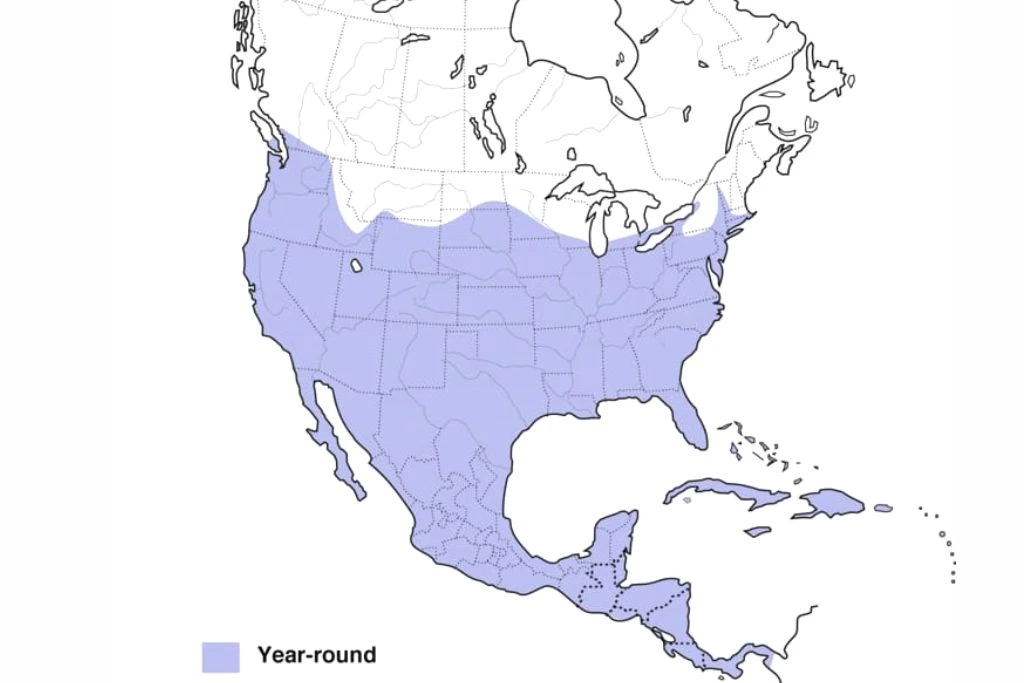
5. Burrowing Owl
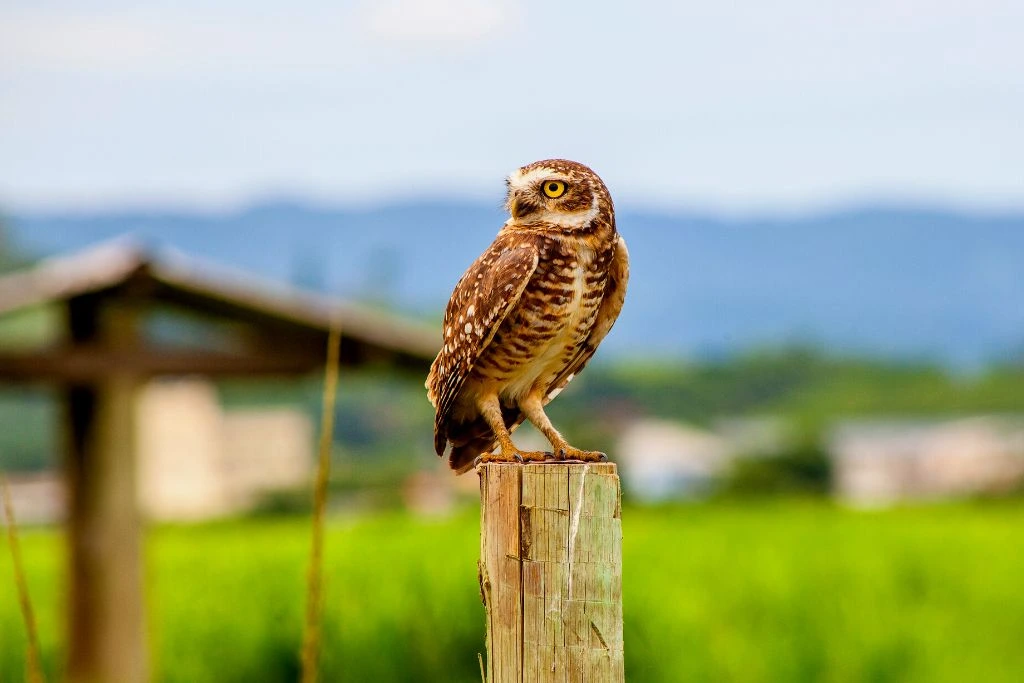
- Kingdom: Animalia
- Phylum: Chordata
- Class: Aves
- Order: Strigiformes
- Genus: Athene
- Species: Athene cunicularia
The Burrowing Owl (Athene cunicularia) is one of the smaller owls in Florida. They are ground-dwelling owls with a round facial discs, bright yellow eyes, and vertically streaked plumage with brown and white spots. Its most distinctive feature is its long legs, which it uses for running and hopping in its unique terrestrial lifestyle.
Their preferred habitats include North and South American grasslands, deserts, and prairies. They display a higher tolerance for temperature extremes than other owl species. They can create their burrows, although they often use abandoned mammal burrows, such as those of prairie dogs and ground squirrels.
Females lay between 6 to 12 eggs, and both partners take turns incubating and providing for the young, which fledge after approximately 44 days.
These Burrowing Owls in Florida are diurnal, meaning they are active during the day, unlike most other owl species. This allows them to capture prey, including insects, rodents, and small birds, using their keen hearing and exceptional eyesight.
As captivating as they are resilient, these sprites of the grassland are the only known owl species that nest and live predominantly underground, further solidifying their unique status in the bird world.

FAQ
What are the five owls found in Florida?
The owls in Florida are Great Horned Owl, Eastern Screech Owl, Barred Owl, Barn Owl, and Burrowing Owl.
How giant is the largest Owl in Florida?
Among the large owls in Florida, the Great Horned Owl is the largest and can reach 22 to 25 inches in height.
What are some owls found in Northern Florida?
In Northern Florida, you can find such owls as the Eastern Screech Owl, Great Horned Owl, and Barred Owl, all characterized by their unique vocalizations and plumage patterns.
Are owls good to have around?
Yes, owls are beneficial to have around. They play a significant role in controlling rodent and insect populations, thus maintaining a healthy ecosystem.
What animals eat owls?
Various predators consume owls, including larger birds of prey, snakes, and mammals.
Conclusion
Owls play a vital role in maintaining the ecological balance in natural habitats and populations, maintaining ecological balance by shaping our natural habitats. Owls’ unique adaptations, such as silent flight, keen eyesight, and extraordinary hearing sensitivity, befit their twilight lifestyles, illustrating the evolutionarily rich tapestry of these avian wonders cherished by Floridians and the greater ornithological community.

